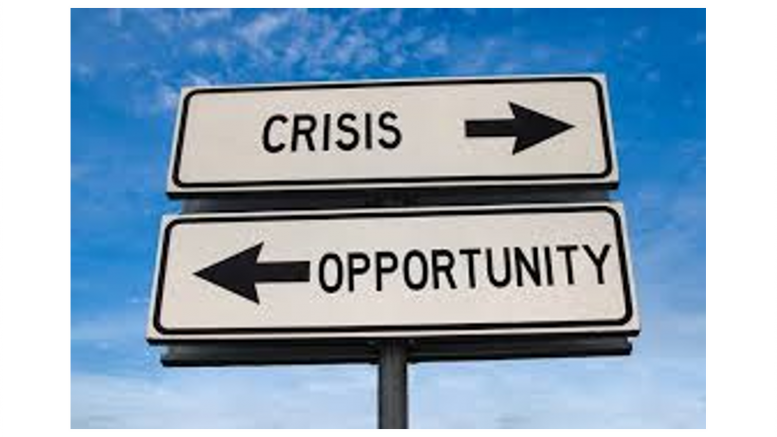Let’s face it—crisis communication is rarely a laughing matter. When the stakes are high and tensions are thick, using humour in your messaging can feel like playing with fire. But when done right, humour can be a powerful tool to defuse tension, humanize your brand, and even turn a crisis into an opportunity for connection. The tricky part? Figuring out when and how to crack a joke without looking tone-deaf or insensitive.
Timing is Everything
One of the biggest challenges with humour in crisis communication is timing. Imagine a brand making a sarcastic tweet moments after a serious data breach—cue the public outcry. Humour can work when the situation allows for it, but getting the timing wrong can worsen the crisis.
Take the famous example of KFC’s “FCK” campaign. When the fast-food chain ran out of chicken in the UK—a near apocalyptic event for a chicken restaurant—their response was a masterclass in using humour at the right time. Their apology ad rearranged the letters of “KFC” into “FCK” on an empty chicken bucket, combining humility with humour. They acknowledged the severity of the situation, but the light-hearted approach helped them regain trust.
Know Your Audience
What works for one brand’s audience may not work for another. Younger, more digital-savvy audiences might appreciate a humorous response, while a more traditional or serious audience could see it as unprofessional. Wendy’s, for example, has built an entire brand persona around snarky humour, even during minor crises. Their Twitter roast culture works because their audience expects it, but it wouldn’t fly for a more conservative brand like a financial institution.
Balancing Humour with Sincerity
The trick with humour in crisis communication is balancing it with sincerity. If your brand is facing a significant issue—say, a product recall or an environmental controversy—your humour must be paired with a genuine commitment to fix the problem. Humour can’t replace an apology; it should complement it.
Brands like Old Spice have successfully used quirky, offbeat humour during minor crises without downplaying the issue at hand. Their humorous “Everything is Fine” campaign poked fun at absurd disaster scenarios, while still reassuring customers they were handling the real-life issue.
The Risk of Going Too Far
Humour is subjective, and in a crisis, it’s easy to cross the line into offensive territory. A poorly placed joke could appear dismissive or out of touch, leading to a new wave of backlash. In 2017, Pepsi’s infamous ad featuring Kendall Jenner attempting to “solve” social unrest with a can of soda was an epic fail. The brand tried to use light-heartedness in a context that required seriousness and empathy. The result? A PR disaster that forced a hasty apology. Pepsi’s attempt at using a light touch in a highly charged social context was viewed as tone-deaf and trivializing an important issue. This case illustrates the risk of humour backfiring when the timing, tone, and audience expectations aren’t properly considered.
In conclusion, one must understand that humour in crisis communication can be a risky yet rewarding tactic when used thoughtfully. The key lies in understanding your audience, knowing the right moment to inject humour, and ensuring it never overshadows the gravity of the situation. Timing plays a crucial role—brands should only use humour after they’ve addressed the core issue and the audience is ready for it. When handled with care, humour can humanize a brand, offering relief in tense times, but misusing it can create a crisis out of a crisis. Brands that find the right balance can turn tense moments into opportunities for connection, but only if they’re careful, considerate, and self-aware.
The views and opinions published here belong to the author and do not necessarily reflect the views and opinions of the publisher.



Be the first to comment on "Humour in Crisis Communication: Is There Ever a Right Time for Jokes?"